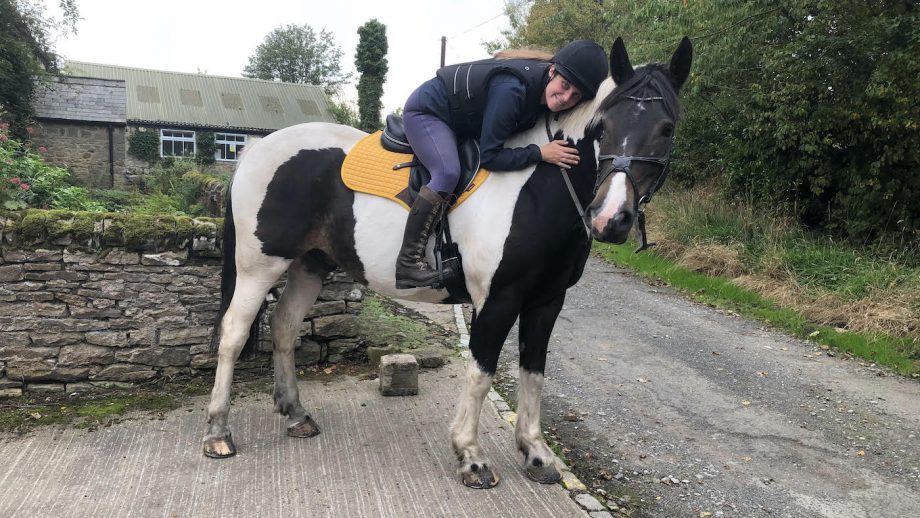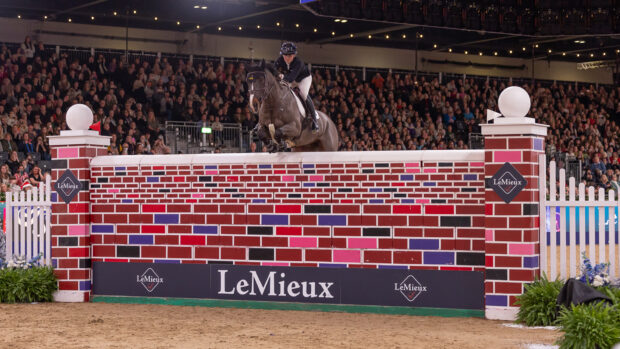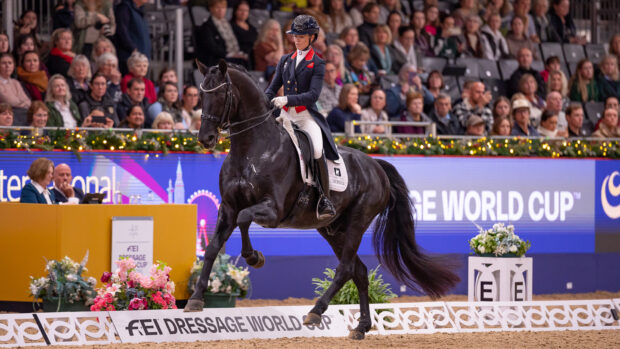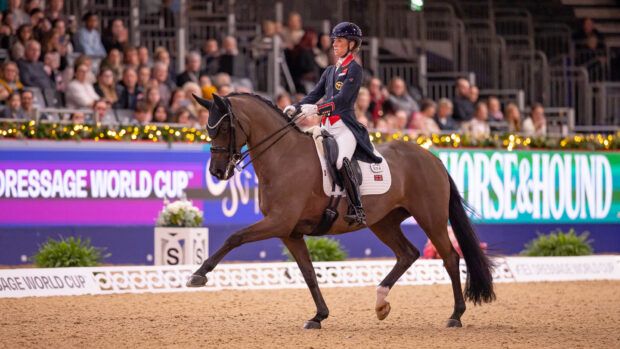Dismissing certain unwanted behaviours as “mareish” is doing mares a huge disservice – and could contribute to compromised welfare.
This is the view of equine behaviour consultant Shelby Dennis, who was driven to bring attention to the extent of the “internalised misogyny” projected on to mares, who may be trying to communicate they are in pain or discomfort.
Shelby, from near Vancouver, Canada, told H&H she frequently sees such comments online, on her own posts and videos and others’.
“Especially on Instagram or TikTok, you see really upset, stressed horses, showing stress or pain behaviour, and either the person making the video will make a comment about a ‘typical mare’, or people will comment saying ‘definitely a mare’,” she said. “I’ve noticed such a distinct bias, and not just from everyday equestrians, from professionals too.”
Shelby said she too once favoured geldings, but now has more mares.
“When my [former racehorse] mare arrived, she was a ‘typical mare’,” she said. “She was dangerous; leading her could be like flying a kite, she’d try to kick and bite when you brushed her. We treated her for ulcers and it solved the brushing issue instantly. She enjoys it now.”
Shelby said the mare had some other issues, including pain in the poll area caused by the bit she had been ridden in.
“Those things played into her stress,” she said. “Because she was so physically uncomfortable, it took less to stress her out. Looking at her face now, compared to when she came – she’s like a different horse. If I’d tried to ‘ride her through it’, I don’t think she’d be where she is now as she’d still be dealing with all the causes of her discomfort.”
Shelby said she believes much “mareish” behaviour is down to the fact mares may be more likely than geldings to try to communicate that something is wrong.
“It might be because it’s the mares who teach their foals how to communicate with other horses, and deal with the world, so communicating is critical to their job,” she said.
“I think things are changing in people realising such behaviour can be relating to pain or discomfort; even a few years ago people were less likely to believe that, but maybe if a horse fits the stereotype, it’s easier to write her off as ‘mareish’ than face the fact there might be something bigger going on, or admit that she’s in pain.”
Although she agrees it can be difficult to know where to start with veterinary intervention for non-specific unwanted behaviour, Shelby believes people may be less likely to investigate the cause in mares owing to the stereotypes, which “does them a disservice”.
“We need to denormalise aggression,” she said. “Aggression is a last resort for horses; they’re flight animals, so if they choose to be like that, it’s something we should all take note of.
“This bias against mares and how many of their attempts to communicate their discomfort are simply attributed to their sex is archaic and embarrassing.”
You might also be interested in:

Being a pain, or in pain? We need to listen to our horses

‘They’re trying to tell us – we need to listen’: rider of ‘naughty’ horse diagnosed with kissing spine wants to help others notice signs earlier

Education will help us hear what our horses are trying to say *H&H Plus*

Mareish behaviour: In season, unsound or something else?
Is your mare suffering from a hormone imbalance or is there something else causing that unwanted behaviour? Charlotte Thomas MRCVS

Subscribe to Horse & Hound magazine today – and enjoy unlimited website access all year round
Horse & Hound magazine, out every Thursday, is packed with all the latest news and reports, as well as interviews, specials, nostalgia, vet and training advice. Find how you can enjoy the magazine delivered to your door every week, plus options to upgrade your subscription to access our online service that brings you breaking news and reports as well as other benefits.




